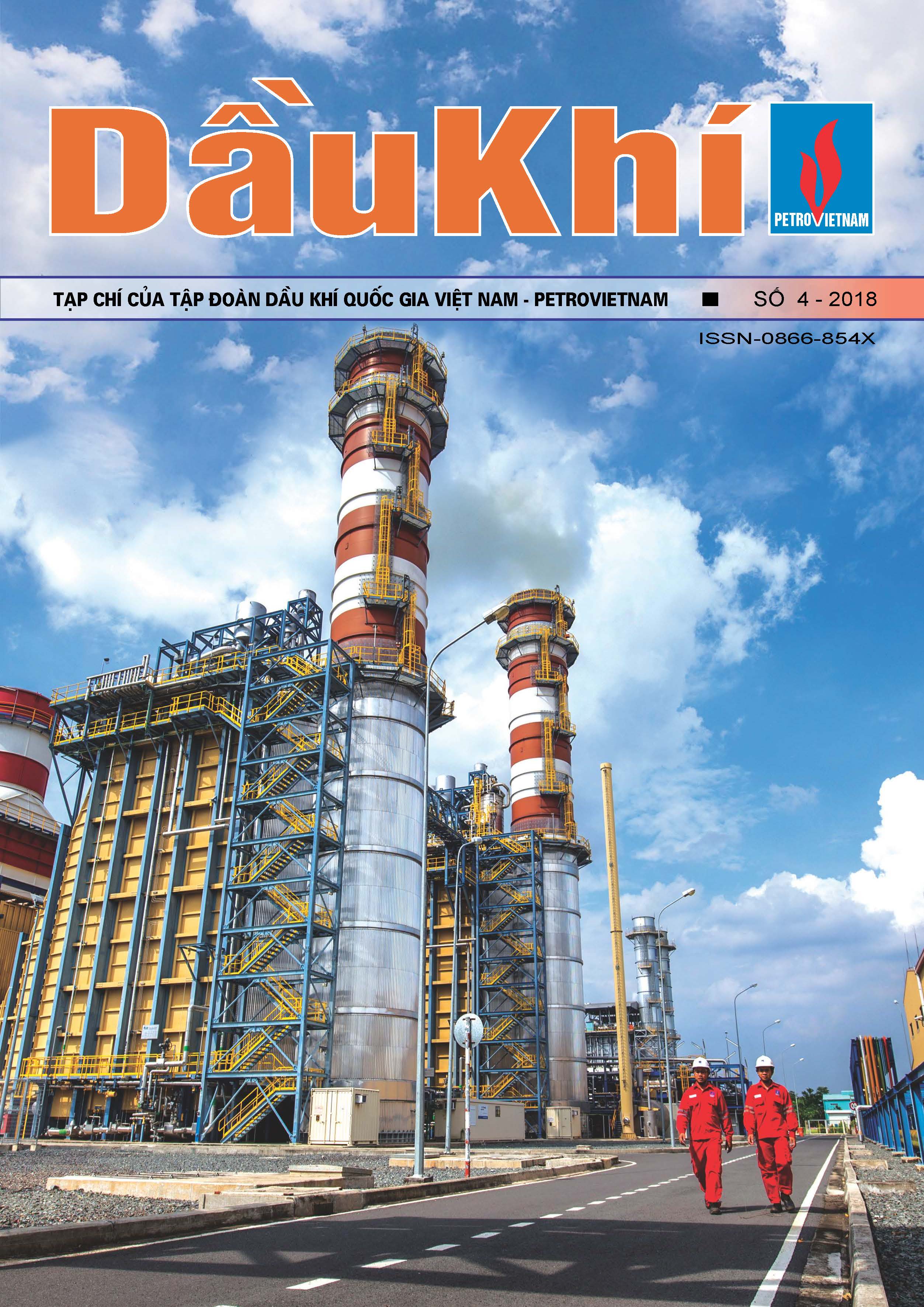Analysis of intact and damage stability of jackup rig
Abstract
The paper presents both the intact and damage stability criteria and analysis methodology for 400ft Tam Dao 05 Jackup Rig that meets the stability requirements as laid out in the ABS MODU and IMO Rules. The wind force calculation is based on the heel angles together with the drafts for both intact and damaged conditions. The intact stability analyses are computed for field and ocean transits with wind speed of 36m/s (70knots) and 51.5m/s (100knots) respectively, while the damaged stability analyses are computed with wind speed at 25.72m/s (50knots) in both transit conditions.
The paper also illustrates the computer model of a jack-up rig in field and ocean transits condition, the processing of environment data and an analysis of stability by direct integration method, and recommends a stability analysis methodology procedure applicable in practice. Example calculations are presented for the Tam Dao 05 Jackup Rig under the sea conditions of Vietnam.
References
2. Society of Naval Architects and Marine Engineers (SNAME). Site specific assessment of jack-up units. Technical & Research Bulletin 5 - 5A. 2008.
3. GHS. General hydrostatics. www.ghsport.com.
4. Americal Bureau of shiping (ABS). Rules for classification of marine vessels and structure. 2016.
5. Ngô Tuấn Dũng. Nghiên cứu tính toán, phân tích ổn định nguyên vẹn và ổn định có tổn thất giàn khoan tự nâng 400ft trong trạng thái thi công hạ thủy, trạng thái nổi và di chuyển trên biển. Đề tài cấp Nhà nước SPQG.02b.01-KC-05. 2017.

1. The Author assigns all copyright in and to the article (the Work) to the Petrovietnam Journal, including the right to publish, republish, transmit, sell and distribute the Work in whole or in part in electronic and print editions of the Journal, in all media of expression now known or later developed.
2. By this assignment of copyright to the Petrovietnam Journal, reproduction, posting, transmission, distribution or other use of the Work in whole or in part in any medium by the Author requires a full citation to the Journal, suitable in form and content as follows: title of article, authors’ names, journal title, volume, issue, year, copyright owner as specified in the Journal, DOI number. Links to the final article published on the website of the Journal are encouraged.




